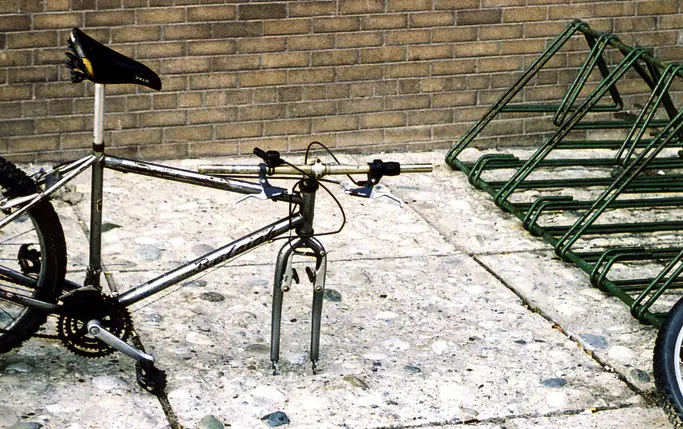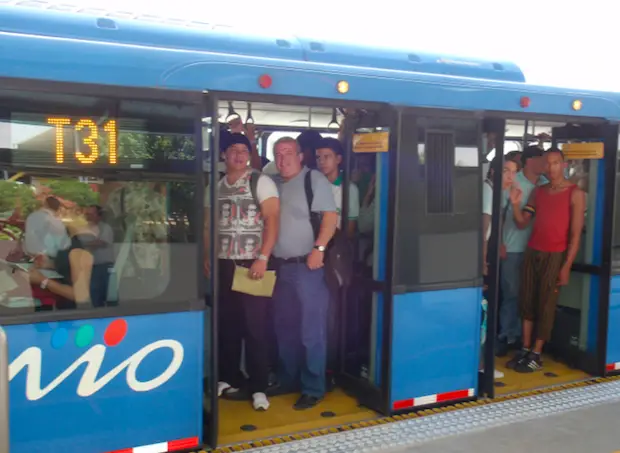The green movement teeters on the cusp of success. Whilst much more must be done to encourage cooperation and investment to deal with spiralling carbon emissions and the looming spectre of climate change, the proliferation of environmental concerns into all aspects of day to day life is almost complete. Whilst the majority of individuals in our society would hesitate to label themselves environmentalists, there is a growing appreciation of natural beauty and an eagerness for harmony in our urban design. Most of all, there is a core desire to live somewhere safe, happy and healthy – now and in the future. Nowhere is this shift more evident than in the design process for the renovation of public spaces. This is becoming far more inclusive and community-led; much to the benefit of both the planet and the populace.
As people become gradually more engaged in the movement for sustainable living, it stands to reason that they will first turn to their immediate environment. Outside of the home, the debate becomes centred on the design and layout of community spaces, and this is where the philosophy of placemaking can offer valuable input. Placemaking, put simply, is the design of public spaces with the needs, desires, interests, and inspirations of the local community at heart. Frequently, this collaborative process can be found in what we might regard as a traditional, outdoor community area; a park or waterfront. However, as localism and sustainability take root within the priorities of decision-makers, we are also beginning to see community-minded design in more unconventional places. Ideal candidates for this new process include, for example, the layout and signage design for public service buildings such as police stations, hospitals and museums.
There are already some fantastic placemaking success stories. Indeed, the implementation of community-minded ideas is so widespread, it is difficult to pick out examples worthy of mention. The cutting edge of urban design is no longer where we design spaces with the public’s desires in mind; it is where we incorporate green thinking and technology into those spaces. This idea is supported by Kaid Benfield of the Natural Resources Defense Council, who has published an illuminating post on green infrastructure and how it can be utilised in order to deal with excess rainwater.
Some urban designers are also pushing the boundaries by actively encouraging community members to take part in environmental debates. One design process that warrants a mention is that which is preceding development work at Hove Park. This placemaking project has involved the installation of familiar, equipment-free games, following consultation with local schoolchildren. Those who play the games are then prompted to consider the history of the space and its value to the populace. This active involvement of the wider community, who might not normally attend planning meetings or environmental pressure groups, has the effect of enhancing both the legitimacy and physical architecture of sustainability projects. So how can this environmental design process continue to grow and improve our public spaces?
Firstly, we must promote the expansion of low-impact technology. As our knowledge grows, so does the utility and cost-effectiveness of such an approach. The widespread usage of sustainable technology would not only have a real effect on our environments; it would also further legitimise green objectives in the minds of the public.
Secondly, we must foster the development of placemaking as a fundamental design philosophy. If we are to create truly sustainable spaces on a national or global scale, it is essential that we continue to listen to the communities served by those spaces. Only with a genuine consensus can we accelerate our movement towards a green society.
Thomas Jones is a writer, blogger, and digital marketer.
Image via Dominic’s pics


